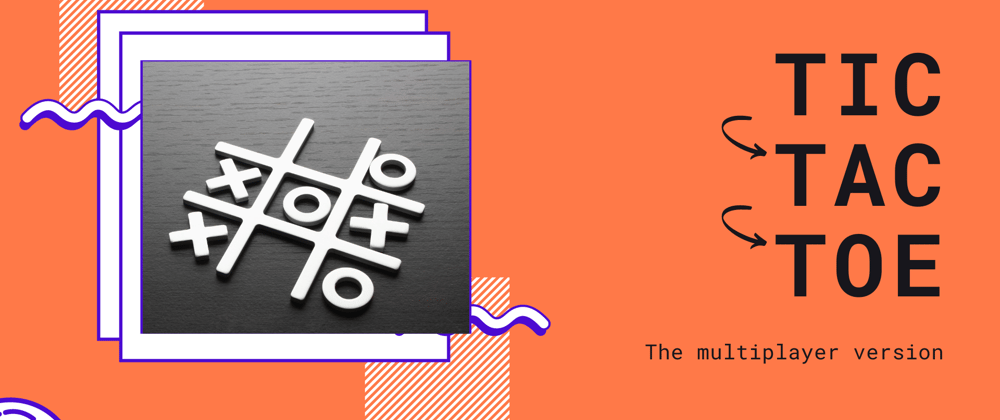Building real-time multiplayer games on the web require open channel communication using TCP or UDP. Websockets can be used to achieve real-time communication. A WebSocket is a TCP communication protocol that allows for two-way communication between a server and a client. When comparing WebSockets to HTTP, you'll learn that servers can communicate with clients without a request (trigger) from the client.
How the game is structured
The game follows the simple logic of
- Generate game code
- Share with a different player
- Play in multiple rounds You can see the live version here.
https://tic-tac-toe-trm58.ondigitalocean.app/
Deploying To Digital Ocean
Digital Ocean simplifies the deployment of applications through the app platform. They implemented a mechanism such that the type of app is detected an analysed. The deployment requirements are obtained and fixed in the deployment process.
So when I was deploying this app, Digital Ocean affixed ENV_SILENT to the start command. I haven't seen any other cloud provider with such precision.
ENV_SILENT=true npm start
What I learned about deployment
Digital Ocean will fail to deploy a Node.js app without a package-lock.json. Funny right? I wonder why the lock file is ignored in the .gitignore of some projects.
Also, if tls host is excluded from ioredis' config, it will fail to connect to a Redis server secured by SSL.
prod: {
host: Env.get("REDIS_HOST"),
port: Env.get("REDIS_PORT"),
password: Env.get("REDIS_PASSWORD"),
db: 0,
keyPrefix: "",
+ tls: {
+ host: Env.get("REDIS_HOST"),
+ },
},
In the next post of the series, we'll look into a step-step process of deploying the game on Digital Ocean.








Oldest comments (0)